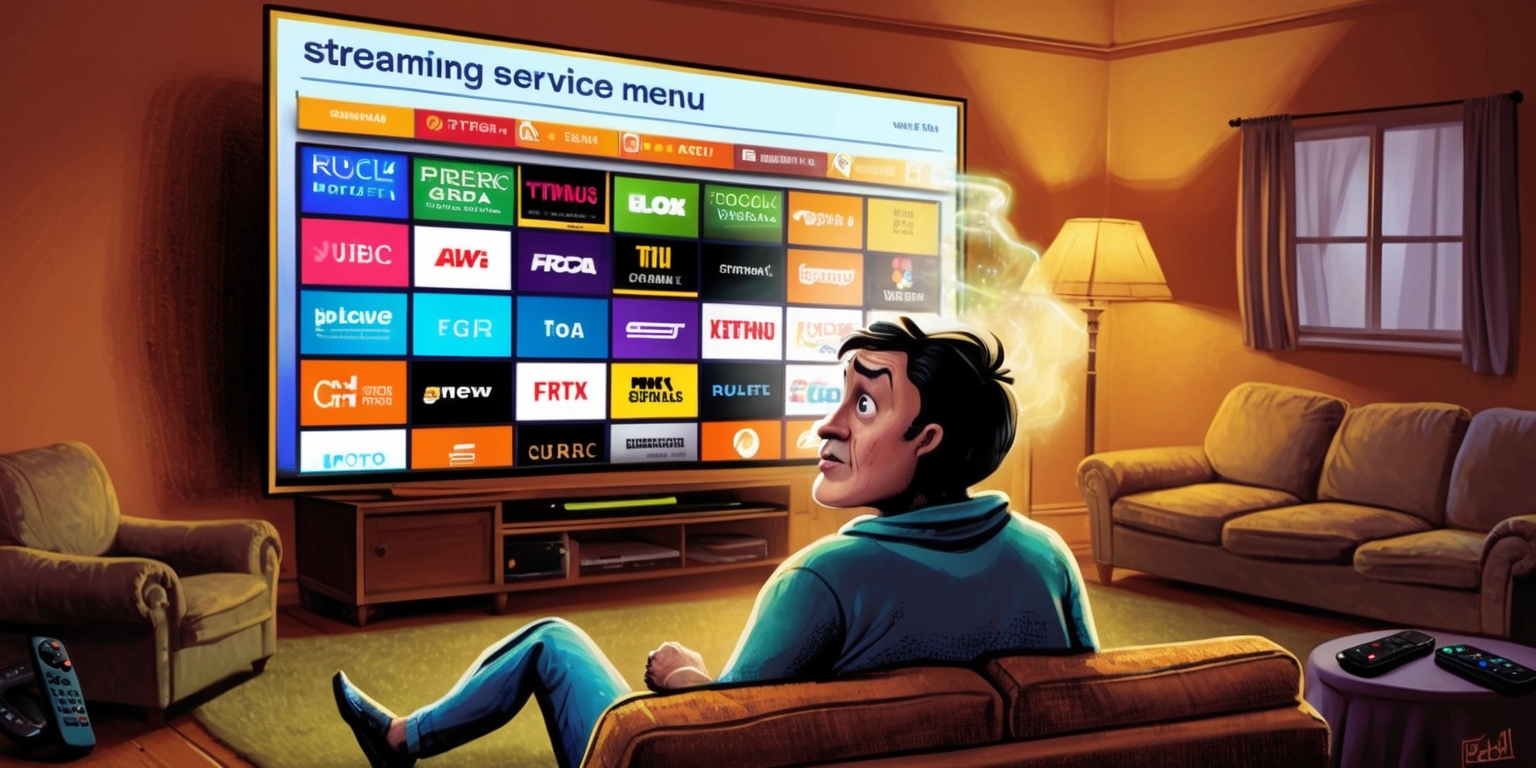Navigating the Rising Cost of Streaming Amid License and Access Shifts
- 0

The streaming landscape is evolving as services adjust Their fee models to stay aligned with the growing demand for film and television content. As digital distribution became the norm, the industry coped with issues such as widespread unauthorized sharing through torrents. With the debut of a major streaming service known for its exclusive offerings, piracy saw a steady decline, prompting several other platforms to They break into the market with models of their own design.
Originally, these services were considered an economical way to access movies and series. Nowadays, consumers often subscribe to multiple platforms—three or four, if not more. The cumulative monthly expense has become a significant concern, especially as subscription fees are Surging at a pace that dramatically outstrips inflation, many expenses have, in fact, more than doubled compared to just a few years ago.
Recent adjustments by other major platforms set the stage for another change in the market. A leading streaming provider has indicated that it will also be revising its subscription costs. The new pricing structure will see the advertising-supported option move from €4.99 to €5.49. Meanwhile, the regular plan will increase from €9.99 to €10.99, and the premium tier will now be priced at €15.99 instead of €13.99.
Consider the following details:
- The ad-supported plan will have a new fee of €5.49.
- The standard plan’s cost will rise to €10.99.
- The premium plan will now be available at €15.99.
Though this service has adjusted its rates less frequently compared to some competitors, these changes highlight the broader trend in the streaming industry. Viewers are now faced with decisions about the number of subscriptions they maintain and their willingness to absorb the increased costs, raising questions about how best to manage entertainment budgets in this dynamic market.